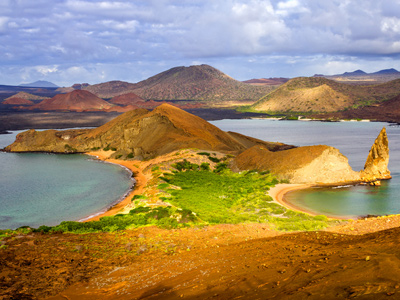
Sustainable Tourism
This GCSE Geography quiz challenges you about sustainable tourism. For most of human history, tourism did not exist. With the arrival of the Industrial Revolution, increased wealth and better communications meant that some people were able to visit places far from their homes. Overseas travel was only undertaken by rich individuals and families or explorers whilst the working classes and middle classes often visited seaside resorts for their holidays. After the 1939 - 45 war, air travel started to become faster and more affordable, to the point at which nowadays, travelling by plane to take holidays abroad is commonplace.
Globalisation and the ever-increasing population of the Earth has meant that humans have come to realise that resources are precious and that we need to consider sustainable development (sustainability).
Ready for more?
not all...
quizzers. Try to win a coveted spot on our Hall of Fame Page.







